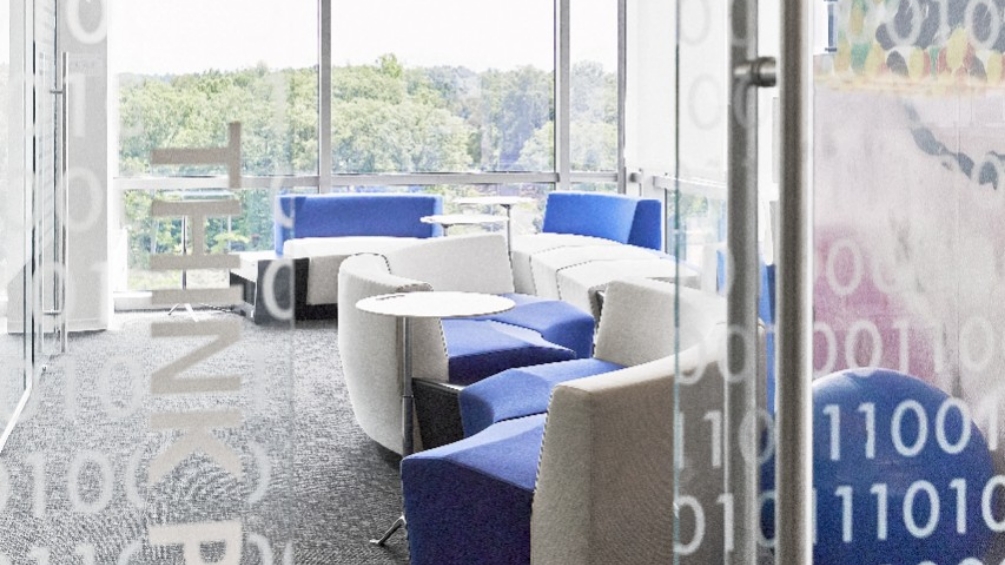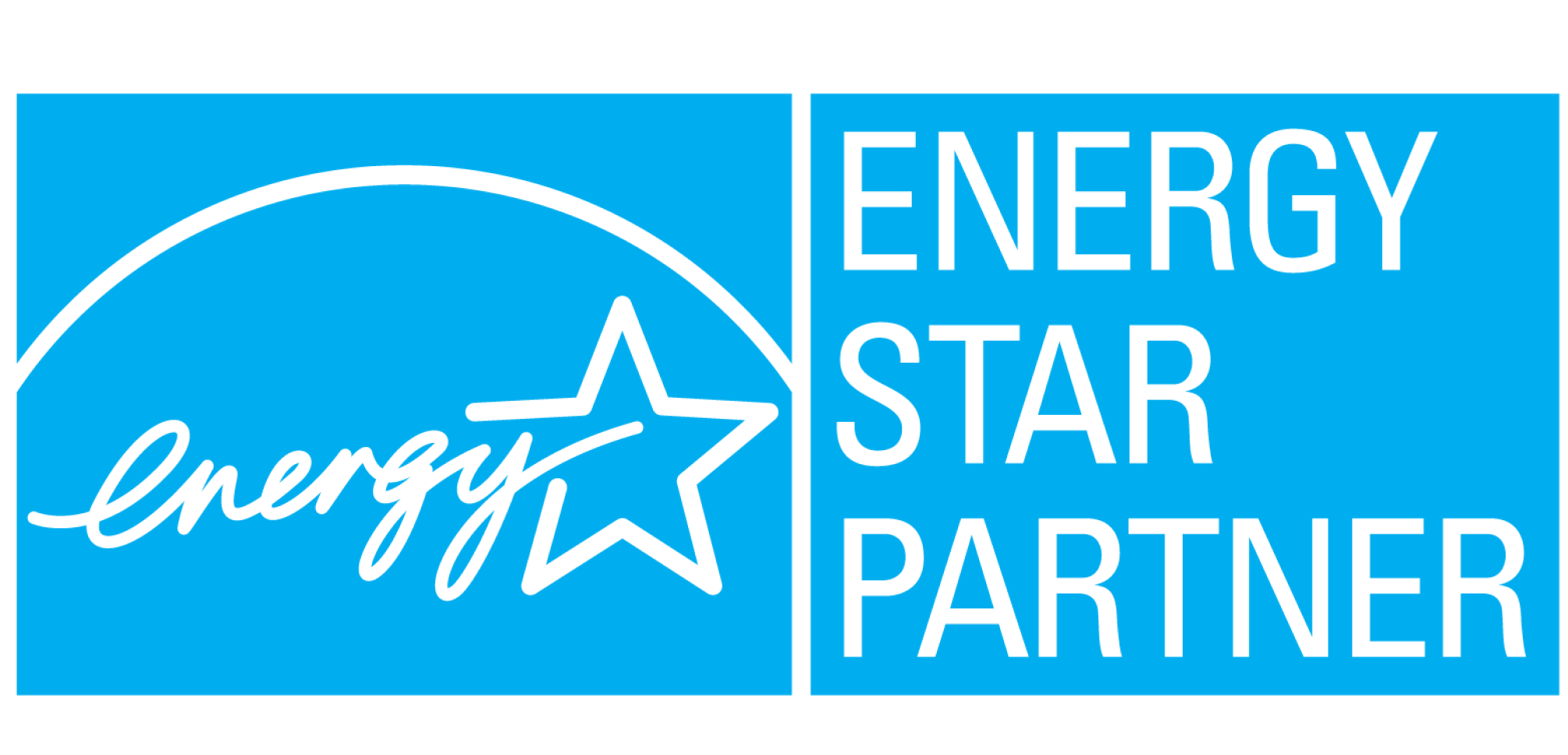Environmental Stewardship
Living our purpose is how we build on our history of environmental stewardship.
As a purpose-driven company, we are continuously adapting to meet the needs of a rapidly changing world. This includes addressing climate change and enabling a just transition to a low-carbon economy, which will require collective action from diverse stakeholders. We aim to reduce the environmental impacts associated with our business while collaborating on solutions to help positively contribute to a more sustainable future for all.
Climate Approach
At MetLife, we have been helping people protect their families, finances and futures since 1868. Climate change poses a risk for our stakeholders, and because of this we are working toward identifying solutions and building resiliency in a changing world. Our Net Zero commitment aims to reduce the environmental impact of MetLife’s global owned and leased offices and vehicle fleets, employee business travel, supply chain and assets in MetLife’s General Account investment portfolio, which includes the general accounts of MetLife, Inc.’s wholly owned insurance company subsidiaries.1
ENVIRONMENTAL POLICIES AND DISCLOSURES
MetLifes NetZero commitment
Environmental Topics
MetLife's commitment to environmental stewardship and responsible resource management includes initiatives and programs that protect and enhance nature, plants and animals, including biodiversity and healthy ecosystems. MetLife has made a pledge to plant 5 million trees by 2030, prioritizing areas vulnerable to natural disasters. We undertake this pledge, in partnership with our customers, colleagues and other stakeholders, to reduce carbon emissions in the atmosphere, enhance biodiversity and help reforest areas that have been decimated by deforestation by humans and by natural disasters, including hurricanes, floods and wildfires.
We also support nature and biodiversity by protecting pollinators and installing beehives at corporate and investment properties, originating investments that support biodiversity and healthy ecosystems, and by partnering with third-party-certified carbon offset projects that represent a specific volume of emissions reductions while empowering local economies and aligning to the extent possible with the United Nations Sustainable Development Goals.
For annual updates on the projects that are contributing to nature and biodiversity across the globe, visit our 1t.org Pledge Overview, for latest pledge implementation progress tracking and our annual Sustainability Report for details.

In response to California’s Voluntary Carbon Market Disclosures Act (Assembly Bill 1305), the below information is provided on behalf of MetLife, Inc.:
In June 2022, MetLife announced our Net Zero GHG emissions goal for our global operations and General Account investment portfolio by 2050 or sooner.1 Read more about our Net Zero commitment, including details on our interim targets.
In 2016, MetLife achieved carbon neutrality across our global corporate office portfolio, vehicle fleets and employee business travel, and has maintained carbon neutrality each year since.2
For additional information on MetLife’s 2023 carbon neutrality and GHG emissions,3 please see MetLife's latest sustainability report (including Our Sustainability Commitments, For Our Environment, Climate Initiatives Progress summary, and our ESG Scorecard (relating to Environmental Data), and related footnotes) and additional information relating to MetLife’s carbon offsets available under the “Carbon Neutrality” dropdown on this page.
| Carbon Neutrality (metric tons CO2e) 2 |
2023 |
|---|---|
| Scope 1 Emissions3 | 11,853 |
| Scope 2 (market-based) Emissions3 |
7,687 |
| Scope 3 Emissions (global business travel)3,4 |
20,084 |
| Total Operational Emissions: Scope 1 & 2 (market) and business travel | 39,624 |
| Carbon Offsets | 39,624 |
The following chart provides information about the project-based carbon offsets applied by MetLife, Inc. in 2023:
| Seller Name | Registry | Project ID | Registry Name | Type | Country | Protocol/Methodology |
|---|---|---|---|---|---|---|
| Climate Impact Partners | CDM | 8855 |
Solar Water Heater Program in India |
Avoidance/ Emission Reduction |
India | AMS-I.C. ver. 21 - Thermal energy production with or without electricity |
| Climate Impact Partners | VCS | 1141 | Fresh Breeze Afforestation Project |
Removal | Mexico | AR-ACM0003 |
| Climate Impact Partners | ACR | 424 | Albany Water Board - Improved Forest Management Project |
Avoidance/ Emission Reduction |
United States | Improved Forest Management Methodology for Quantifying GHG Removals and Emission Reductions through Increased Forest Carbon Sequestration on Non-Federal U.S. Forestlands, v1.3 |
For additional information on MetLife’s 2023 carbon neutrality and GHG emissions,3 please see MetLife’s latest Sustainability Report (including Sustainability at MetLife, For the Environment, our ESG Scorecard (relating to Environmental Data) and related footnotes).
Climate change risks, both physical and transition risks, could impact MetLife’s business operations, investments, customers and supply chain. We believe addressing climate change is beneficial for the health and well-being of our customers, employees and communities.
We consider how MetLife could be impacted by climate risks across the business, both assets and liabilities, by evaluating how risks could manifest across risk types, including credit, market, insurance, operational, legal and compliance risks. We have conducted qualitative climate risk identification exercises to determine potential climate risks for key parts of the organization. In addition, we have reviewed our organizational structure to adequately manage climate risks across the three lines of defense.
MetLife continues to explore quantitative assessment and scenario analysis methods for its investments to progress our understanding of climate risks and the potential impacts on our business, strategy and financial planning. While climate risk modeling is still a nascent field with many limitations, we continue to experiment with various quantitative approaches. Material risks, including environmental, social and governance risks, are within the purview of multiple senior management committees. Learn more about our governance and risk management in our latest Sustainability Report.
At MetLife, we recognize that deforestation is a critical issue leading to biodiversity loss and climate change. We work to conserve, restore and grow trees through a number of programs, including through funding large-scale reforestation programs, community tree distribution and urban tree planting projects as part of our pledge to plant 5 million trees, prioritizing areas vulnerable to natural disasters, through support from both corporate contributions and MetLife Foundation. To further support reforestation and conservation, we also purchase nature- and biodiversity-focused carbon offsets, provide support to environmental organizations and purchase sustainably sourced paper certified to Forest Stewardship Council and the Sustainable Forestry Initiative. In partnership with 1t.org, we are reporting progress and tracking results annually.
MetLife and MetLife Investment Management, LLC and certain of its affiliates (MIM) are proud of the role we play supporting sustainable forest management and timber production within our General Account portfolio and MIM clients’ investment portfolios. This can include collateral acreage with the following certifications at origination: Forest Stewardship Council (FSC), Programme for the Endorsement of Forest Certification (PEFC), American Tree Farm System (ATFS), and Sustainable Forestry Initiative (SFI).

Every year, thousands of MetLife employees take advantage of sustainability education and volunteering opportunities to reduce their environmental impact at work, at home and in their communities. We believe that through education and engagement, we can encourage individuals to make progress toward living sustainably in their own lives and communities.
Our signature employee engagement program, Our Green Impact, provides on-site and virtual environmental education and volunteer opportunities.
MetLife Climate School, our internal online learning opportunity, comprises a series of short video modules that allow colleagues to gain a better understanding of pressing environmental topics and actions they can take to reduce their ecological and carbon footprints.
Our annual two-week EcoChallenge encourages employee teams to adopt green habits such as biking to work and eating locally sourced food—and then quantifies how their sustainable choices add up. During the MetLife Extraordinary Litter Pickup, an annual effort centered around Earth Day, colleagues around the world pick up trash to support the communities where they live and work. In addition, our office-based green teams and climate champions for each business function and region help drive global progress toward our commitments.

Our approach to EHS, as outlined in MetLife’s Environmental Policy, is built on the collaboration of colleagues and business partners who champion environmental stewardship, engage in environmental awareness activities, and uphold standards and procedures designed to prioritize our colleagues’ health and safety while at work. Our office and operations environmental sustainability measures achieve the additional benefit of providing our colleagues with healthy spaces where they can thrive.
We prioritize using sustainable materials and design in our buildings and providing high levels of indoor air quality and natural light and amenities such as bike storage, healthy dining options and sit-stand desks. In addition, we encourage our employees to prioritize health by connecting our purpose and our work with the importance of overall well-being. We have a global platform known as BeWell, providing resources to help employees with resilience and coping, mental health, maintaining physical and financial well-being, and building healthy relationships.
Learn about green investments, which are focused on the conservation of natural resources, the production and discovery of alternative energy sources, the implementation of clean air and water projects, and other environmentally conscious business practices, in MetLife's General Account portfolio.5
MetLife implements sustainability best practices in our buildings through sustainable design, capital projects and facility upgrades. We also use green technology to reduce our facilities’ carbon footprint, drive operational excellence and bring employees together in state-of-the-art collaborative workspaces. These projects focus on driving energy savings, emissions reductions, water efficiency, waste diversion and operational cost savings. Examples include lighting retrofits, chiller and boiler replacements, LED lighting systems, demand metering and occupancy-sensor installations. As we continue to realize the benefits of green buildings, we aim to design new global workspaces to Leadership in Energy and Environmental Design (LEED) standards and grow our ENERGY STAR certifications in the U.S. MetLife is proud to be an ENERGY STAR Partner of the Year, a recognition we’ve received for the past six years.

MetLife is committed to reducing the GHG emissions associated with employee business travel and incentivizes employees to make sustainable travel decisions in their personal lives.
Fleet Efficiency
We have improved our fleet efficiency by embracing hybrid and electric vehicles. As part of our commitment to carbon neutrality, we offset the remaining emissions associated with our fleet through support of renewable energy instruments and carbon-reduction projects in markets where we operate.
Sustainable Travel
MetLife encourages our employees to make sustainable choices when commuting and traveling for business or personal activities. MetLife incentivizes sustainable choices by offering electric vehicle charging stations as a free amenity at our major U.S. offices, designing offices with sustainable travel in mind (such as offering bike storage and changing facilities) and by offering pre-tax commuter benefits for public transportation. In addition, MetLife employees are encouraged to reduce business travel by taking advantage of telepresence and virtual meeting tools when possible and, when travel is essential, to make sustainable choices. These can include choosing public transportation when feasible, carpooling with colleagues and flying economy when air transportation is necessary. In addition, as part of our commitment to carbon neutrality, MetLife offsets business travel emissions.
For years, MetLife has applied a diverse range of strategies to reduce emissions generated by its environmental footprint. We are proud of our history of setting and achieving climate goals, including being the first U.S. insurer to commit to carbon neutrality in 2016. Since then, we have achieved carbon neutrality every year while making continued reductions in energy consumption and GHG emissions. In 2022, we took this a step further by committing to Net Zero emissions for our global operations and General Account investment portfolio by 2050 or sooner.1 Our framework for Net Zero outlines our approach, interim targets and other key initiatives to help drive positive climate impact.
MetLife is making progress toward its interim targets, which support our ambition to reach Net Zero greenhouse gas (GHG) emissions for its global operations and General Account (GA) investment portfolio by 2050 or sooner,1 as part of MetLife’s overall business strategy to create long-term value for colleagues, customers, shareholders, business partners and communities around the world. This commitment builds on our longstanding history of environmental stewardship, which entails working toward an inclusive, resilient and thriving environment for present and future generations. To help reduce emissions to as close to zero as possible in the coming decades, we are focusing on MetLife, Inc.’s global owned and leased offices and vehicle fleets, employee business travel, supply chain and assets in MetLife’s GA investment portfolio, which includes the general accounts of MetLife, Inc.’s wholly owned insurance company subsidiaries.
Our Net Zero Approach
MetLife’s approach to Net Zero is guided by four pillars focused on where we are best positioned to support a long-term transition toward Net Zero while creating value for our stakeholders:
- Reducing GHG emissions in alignment with the aims of the Paris Agreement;
- Collaborating with our stakeholders to collectively work toward a Net Zero future;
- Financing solutions to drive progress toward a low-carbon economy; and
- Responding to changes in the market and striving to incorporate the latest climate science into our strategy.
Read more about our Net Zero commitment, including details on our interim targets.
MetLife is committed to supporting the renewable energy market in the regions where we operate, as part of the transition to a low-carbon economy. Since 2009, we have procured renewable energy by purchasing Energy Attribute Certificates—issued when one megawatt-hour of electricity is generated and delivered to the electricity grid from a renewable energy resource. We purchase Renewable Energy Certificates, including Green-E certified products in the U.S., to support the growth of the renewable energy market. Learn more about our renewable energy purchasing efforts in our latest Sustainability Report and Net Zero commitment.
MetLife has been a member of the Environmental Protection Agency (EPA) Green Power Partnership since 2011 and has received the ENERGY STAR program Partner of the Year Sustained Excellence award, the highest level of EPA recognition for corporate energy management programs. To earn this recognition, companies must perform at a superior level of energy management and meet specific criteria. Due to having consistently earned Partner of the Year, the EPA has also awarded MetLife the Sustained Excellence distinction.

Our Supply Chain Sustainability Program engages suppliers on climate action, as well as principles of corporate responsibility and ethical sourcing, throughout the procurement process. Among other things, we request sustainability information during the supplier onboarding process, encourage continuous improvement and incentivize suppliers to reduce GHG emissions and negative environmental impacts in their operations.
We look for opportunities for innovation and collaboration with our suppliers on shared environmental goals and encourage our top suppliers to disclose their climate risks, environmental targets, GHG emissions and emissions-reduction activities through the annual CDP Climate Change Questionnaire. As part of our Net Zero commitment, we aim to expand our understanding of where our suppliers stand on climate and have at least two-thirds (67%) of our suppliers (by spend) set their own emissions-reduction goals aligned with climate science.6
Please read our Supplier Code of Business Ethics for a comprehensive list of supplier expectations and our Sustainability Report for more information.
MetLife is continuously striving to divert waste from landfills through a combination of waste reduction and reuse initiatives. We seek out innovative ways to reuse and recycle paper, plastic, cardboard, electronics equipment, toner cartridges and other office supplies. In the U.S., our dining and catering services no longer provide plastic bottles, cutlery or other containers. Several of our international markets have also taken action to reduce or eliminate plastic consumption. In the U.S., we also prioritize the reduction of food waste via composting programs. Learn more about our waste management efforts in our latest Sustainability Report.
MetLife invests in water-efficient technologies and implements water-reduction strategies to reduce water consumption at our offices. Due to these efforts, which include efficient fixture installation, green irrigation practices and facility management improvement, we aim to significantly decrease total water consumption and water intensity metrics. Learn more about our water management efforts in our latest Sustainability Report.
Read our latest Sustainability Report
for more information on MetLife’s initiatives and progress.